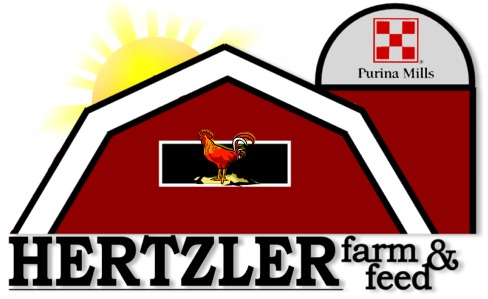| These are some of the infectious diseases that are typically found in and common to this area. Although we do not stock vaccines they are available from your local vet.
Each vet has their own preference and recommendations for vaccinating your horse but by researching and planning you can make an informed decision.
Some things to consider are if you have a broodmare, competition horse or in a facility where horses travel in and out of the barn ~ your horse may need more vaccines than a horse that primarily stays on the farm.
| 1. Neonatal Septicemia (foals) |
- this occurs in foals who fail to drink and absorb colostrum in the first hours after birth
- prevent by disinfecting the umbilical cord with 10% iodine and making sure the foal nurses soon after birth to obtain colostrum
- early signs are decreased appetite, generalized weakness, weakened suckling reflex and mild dehydration. Early recognition is the key to treatment.
- treatment consists of antibiotics and supportive care
|
| 2. Strangles |
- acute contagious disease caused by the bacteria Streptococcus equi
- prevent by isolating new animals for 4 weeks at least, preferably 6 weeks; vaccinate 2-3 times at 8 week intervals and annual boosters thereafter for horses with potential exposure
- early symptoms include anorexia, high temperature (103-105F) and a watery discharge that becomes thick and purulent
- once infected symptoms include upper respiratory infection and swelling lymph nodes, especially those under the jaw, when infection is severe the lymph nodes may abscess and rupture
- disease is spread by contamination of pasture, troughs, feed buckets with nasal discharge
- infected horses should be isolated
- treatment consists of antibiotics (usually penicillin) and supportive care
|
| 3. Influenza |
- caused by Myxoviruses
- prevent by isolating new animals and vaccinating those horses that are susceptible (horses that travel off the farm and come in contact with other horses)
- symptoms include high fever (101-106F), depressed appetite watery nasal discharge and a hard dry cough
- spread by droplet (nasal) inhalation
- treatment is supportive care
|
| 4. Equine Viral Rhinopneumonitis (Rhino) |
- caused by a Herpes virus
- secondary bacterial infection is often a complicating factor
- prevent by vaccinating susceptible animals (horses that travel off the farm and come in contact with other horses) and isolating new horses
- symptoms include high fever (106F) that may last up to 5 days, clear nasal discharge, coughing and abortions up to 4 months after exposure
- treatment includes supportive care and occasionally antibiotics to control secondary bacterial infections
|
| 5. Equine Encephalomyeitis (Sleeping Sickness) |
- All horses should be vaccinated
- Zoonotic disease (can be transmitted to humans)
- 3 most common types: Venezuelan (VEE), Eastern (EEE), and Western (WEE)
- transmitted primarily by mosquitoes
- prevention VACCINE annually preferably every 6 months
- symptoms include high fever (106F), nervousness, drowsiness, drooping ears, abnormal gait and circling the final stage is paralysis and death
- treatment is supportive care but the outcome is usually poor
|
| 6. Equine Infectious Anemia |
- detected by a coggins test
- transmitted in the blood from infected animals by biting flies and mosquitoes
- only prevention is to Coggins test and identify carriers
- 3 forms
Acute: sudden onset of high fever (104-108F), severe depression, severe anorexia and severe anemia
Sub-acute: symptoms not as severe
Chronic: unthrifty appearance, periods of mild illness
- no treatment or prevention available and euthanasia is recommended for positive animals
|
| 7. Tetanus |
- All horses should be vaccinated annually
- caused by Clostridium tetani, which can be found in fecal matter and in contaminated soil
- transmitted by the bacteria entering a wound and the formation of an endotoxin
- prevention VACCINE
- symptoms include difficulty walking, prolapsed of the third eyelid, spasms of the jaw (lockjaw), and finally death by asphyxiation
- treatment includes muscle relaxing drugs, antibiotics and supportive care
- the death rate is high despite treatment (75-80%)
|
| 8. Potomac Horse Fever |
- caused by Rickettsia bacteria (Ehrlichia)
- transmission is usually through a tick bite
- prevention: a vaccine is available and limiting tick exposure
- symptoms include mild depression and decrease in appetite, fever may be present and gut sounds are decreased or absent. A watery diarrhea develops within 24-48 hours.
- treatment consists of intravenous fluids and electrolytes, antibiotics and supportive care
|
| 9. Rabies |
- caused by a Rhabdovirus
- transmitted by a bite from a rabid animal (usually wild animal such as skunk, fox or bats)
- Zoonotic concern for humans
- Prevention VACCINE
- symptoms include facial paralysis, lameness, anorexia, grinding of teeth, colic, aggressive behavior and eventually death
- no treatment is available
|
|



